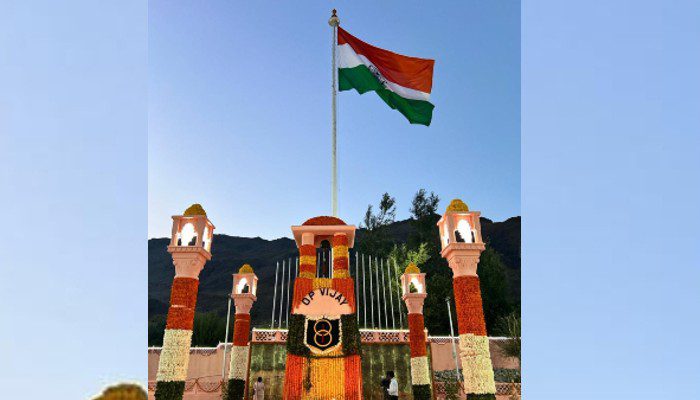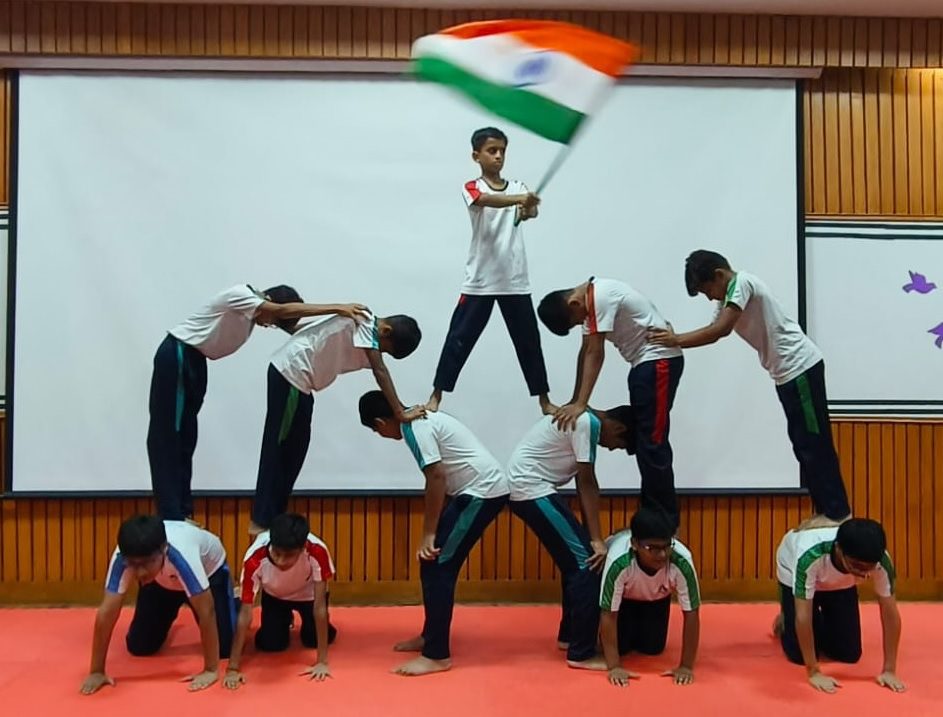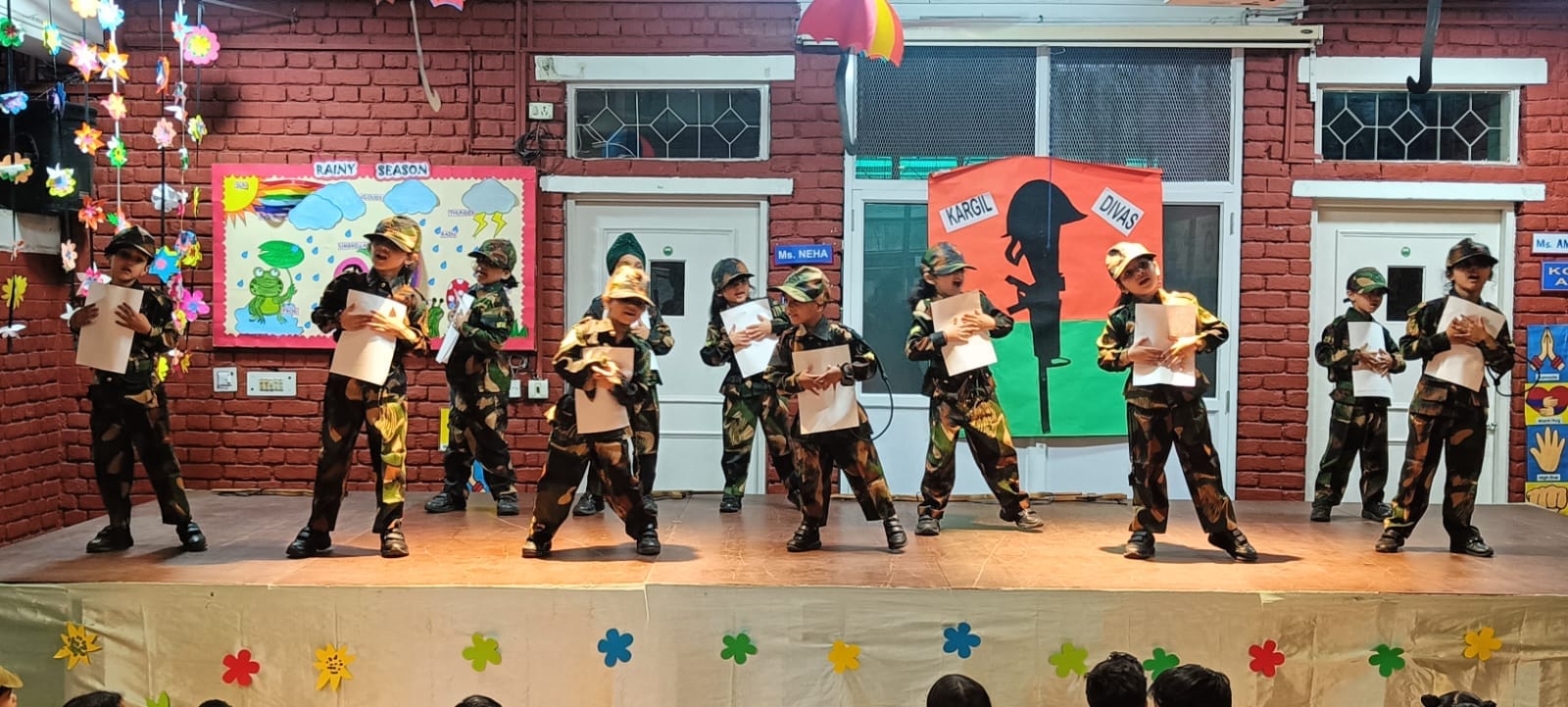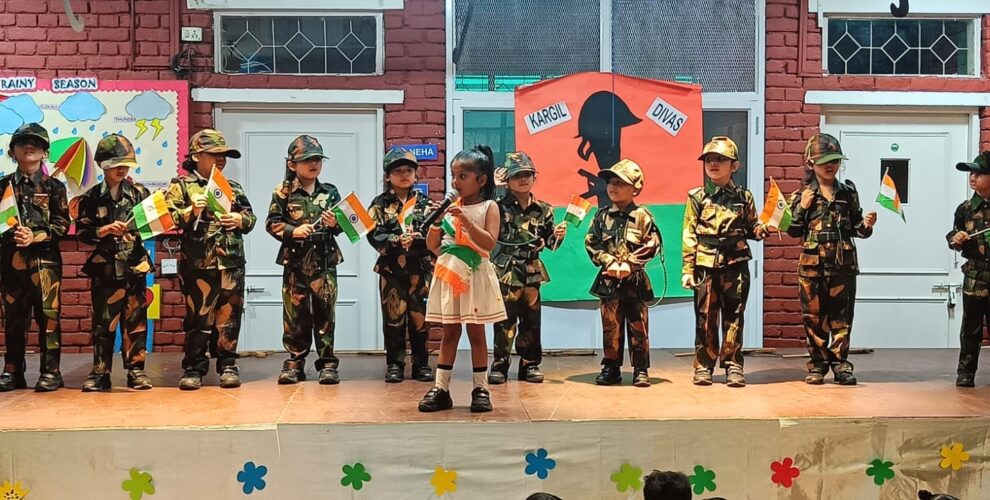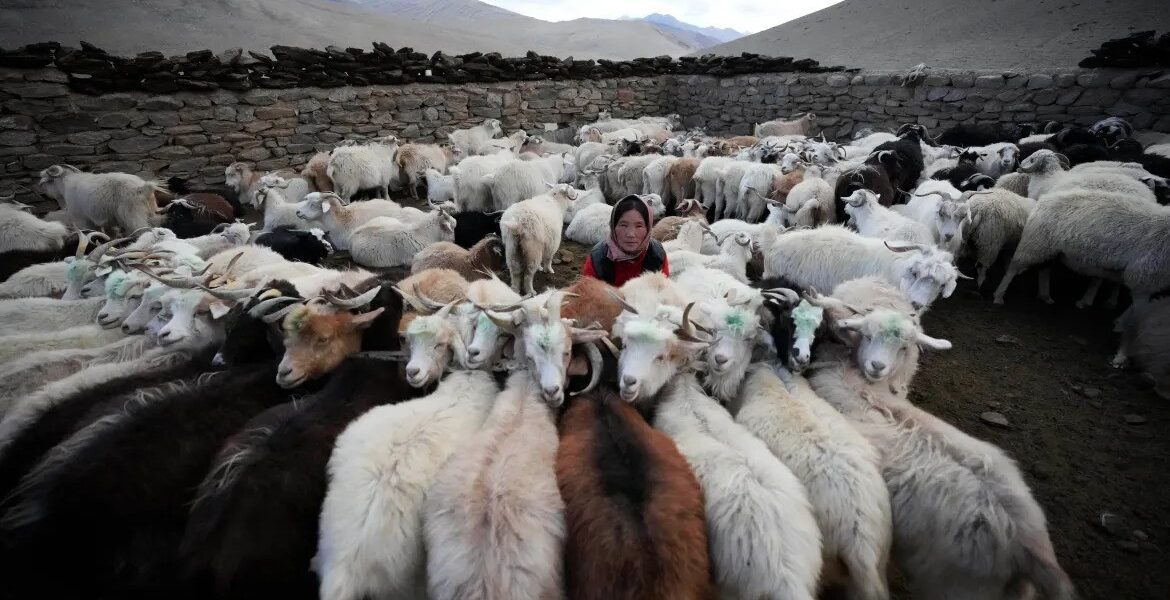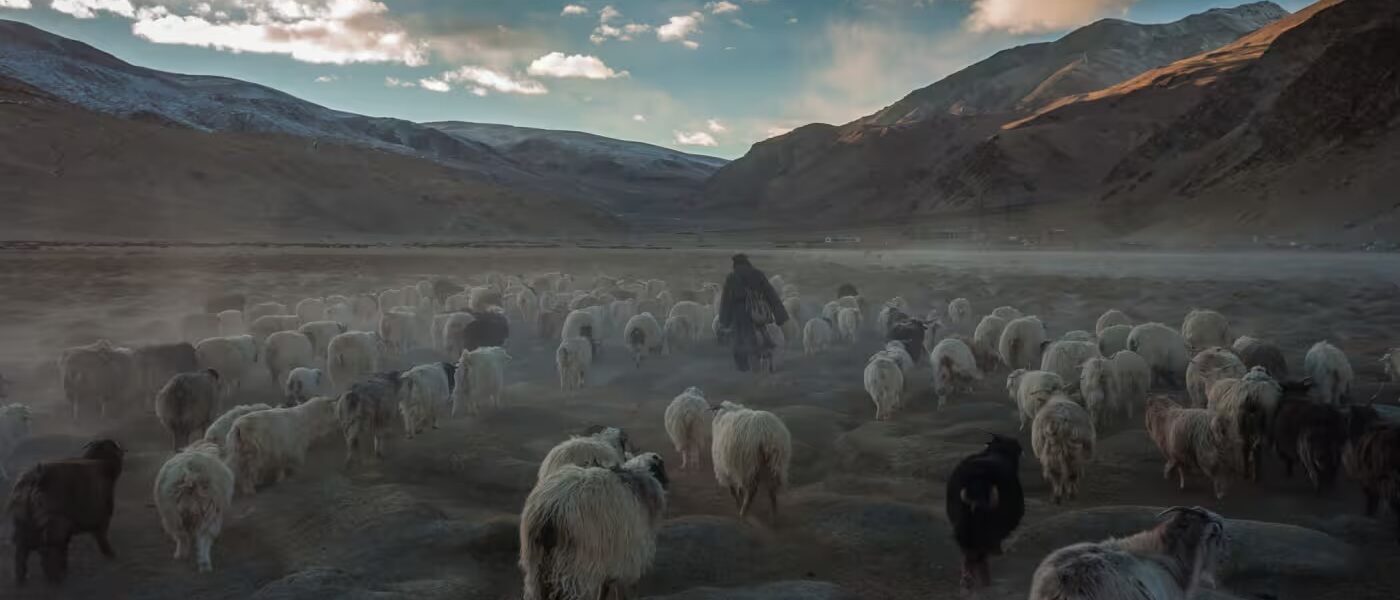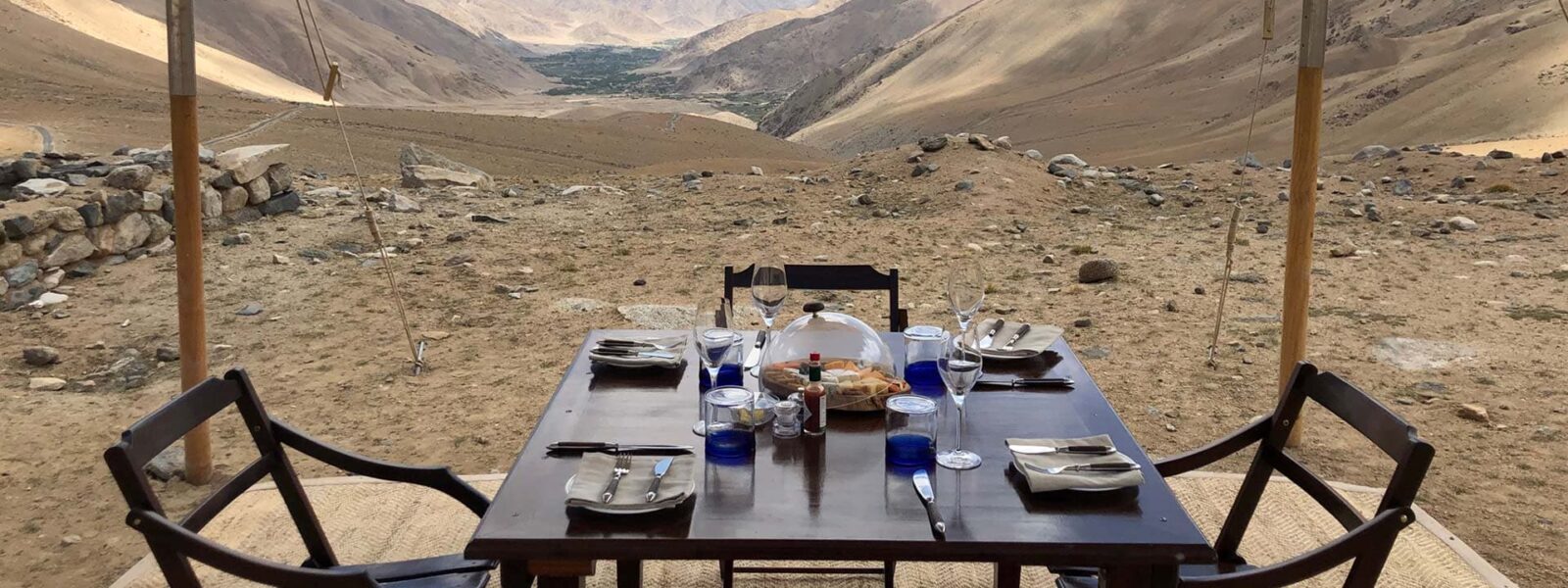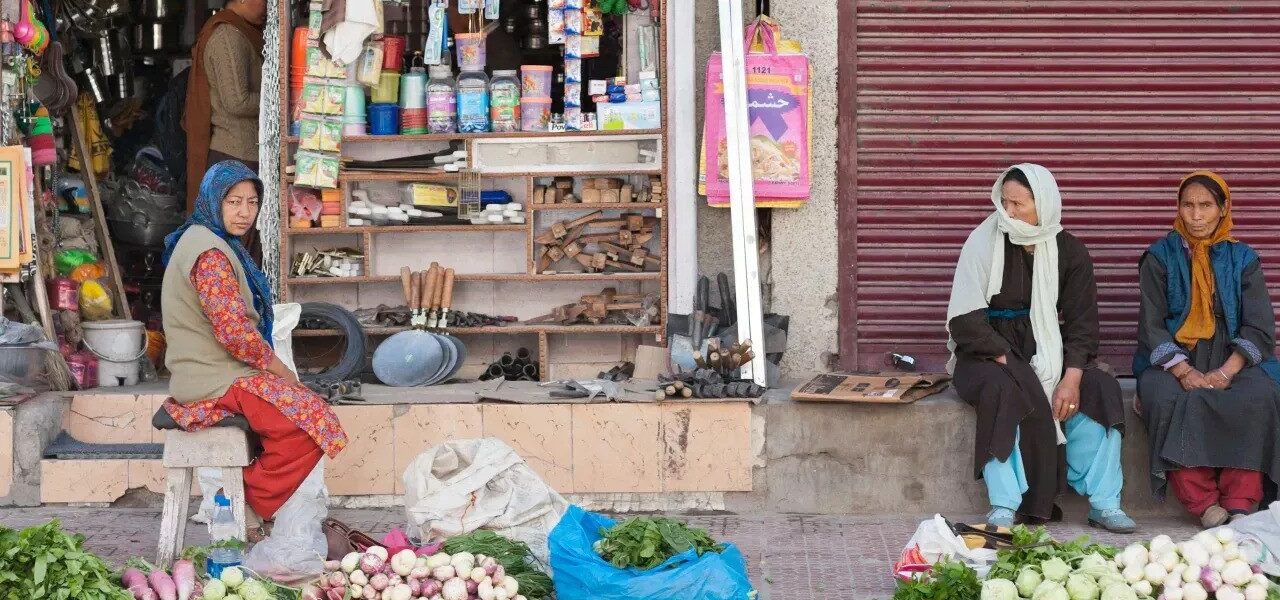Table of Contents
- Introduction
- Significance of Kargil Vijay Diwas
- History of the Kargil War
- Operation Vijay and Key Operations
- Commemorations and Events
- Impact of the Kargil War
- Reforms After the Kargil War
- Customer Testimonial
- FAQs
Introduction
Kargil Vijay Diwas, observed annually on July 26, commemorates India’s decisive victory over Pakistan in the 1999 Kargil War. This day honors the valor and sacrifices of the Indian Armed Forces, who fought to reclaim infiltrated territories in the Kargil district of Ladakh. A testament to India’s resilience, this historic event is a source of immense national pride.
From the snow-covered peaks of the Kargil region to the bustling streets of metropolitan cities, the spirit of Kargil Vijay Diwas resonates across the country. The commemoration of this day symbolizes not just the victory but also the unity and resolve of a nation determined to uphold its sovereignty and territorial integrity. The bravery displayed by the Indian soldiers during the Kargil conflict is an everlasting source of inspiration for every Indian citizen.

Significance of Kargil Vijay Diwas
The Kargil War, fought between May and July 1999, was the first military confrontation between two nuclear-armed states in South Asia. The day is significant for:
- Honoring the memory of 527 Indian soldiers who made the ultimate sacrifice.
- Commemorating the strategic victory and the resilience of the Indian Army.
- Reinforcing India’s sovereignty and commitment to peace.
Every year, ceremonies are held across India, with the Prime Minister paying tribute at Amar Jawan Jyoti, New Delhi, and grand events organized in Dras, Ladakh.
The significance of Kargil Vijay Diwas goes beyond its historical context. It reminds us of the importance of vigilance and preparedness in safeguarding national interests. The valor displayed during the Kargil conflict also highlights the indomitable spirit of the Indian Armed Forces, whose unwavering dedication continues to ensure the security and stability of the nation.
History of the Kargil War
Post the Indo-Pakistani War of 1971, India and Pakistan witnessed several skirmishes, particularly over the Siachen Glacier. In 1998, escalating tensions culminated in both nations conducting nuclear tests. Despite the signing of the Lahore Declaration in February 1999 to resolve conflicts peacefully, Pakistani forces covertly infiltrated Indian territory along the Line of Control (LoC).
The infiltration, code-named Operation Badri, aimed to sever the link between Kashmir and Ladakh and provoke international intervention on the Kashmir issue. By May 1999, the Indian Army discovered the extent of the incursion, leading to the launch of Operation Vijay.
The war was characterized by intense battles fought at altitudes exceeding 18,000 feet, under harsh weather conditions. The Indian Army’s determination to overcome these challenges is a testament to its superior training and resilience. Notably, this conflict drew significant attention to the strategic importance of securing mountain passes and ridges, which played a pivotal role in ensuring territorial control.
Operation Vijay and Key Operations
Operation Vijay
India mobilized over 200,000 troops under Operation Vijay to counter the infiltration. The operation successfully restored control over critical positions like Tiger Hill and the Dras sector. The bravery and strategic acumen displayed during these missions have since become legendary in military history.
Operation Safed Sagar
The Indian Air Force (IAF) launched Operation Safed Sagar, deploying aircraft like MiG-21s, Mirage 2000, and Jaguars for high-altitude warfare. This marked the first large-scale use of airpower in the Kargil region, demonstrating the importance of multi-dimensional warfare strategies.
Operation Talwar
The Indian Navy’s Operation Talwar ensured maritime security and acted as a deterrent against further escalation by Pakistan. The navy’s readiness sent a clear message about India’s ability to defend its interests across multiple fronts.
These operations collectively symbolize the seamless coordination among India’s armed forces and their ability to adapt to complex and evolving challenges. The success of these operations highlights the importance of unity and jointness in modern military engagements.

Commemorations and Events
The Kargil Vijay Diwas will see grand celebrations. Patriotic fervor marks nationwide events, including:
- Wreath-laying ceremonies at war memorials.
- Cultural programs and patriotic performances in schools.
- Tributes to war veterans and Veer Naris.
Events in Leh feature flag hoisting, quiz competitions, and cultural showcases, fostering unity and patriotism. The memorials, such as the Dras War Memorial and the National War Memorial in Delhi, serve as poignant reminders of the sacrifices made by the armed forces.
These commemorations serve not only to honor the past but also to inspire future generations. They reinforce the values of courage, commitment, and sacrifice, which are integral to the ethos of the Indian Armed Forces.
Impact of the Kargil War
The war had profound implications:
- Global Recognition of LoC: The international community acknowledged the Line of Control as the de facto border, reinforcing India’s territorial integrity.
- Strengthened Strategic Partnerships: Improved Indo-U.S. relations, culminating in the Indo-U.S. Nuclear Deal.
- Nuclear Diplomacy: Highlighted the risks of escalation in a nuclearized region.
India’s military prowess gained global respect, cementing its position as a rising power. The war also brought attention to the significance of technological advancements in warfare, such as precision-guided munitions and satellite navigation systems, underscoring the need for continued investment in defense technology.
Post-war, India undertook significant reforms to strengthen national security:
- Creation of Chief of Defence Staff (CDS): Ensured better coordination among Army, Navy, and Air Force.
- Intelligence Reforms: Formation of the Defence Intelligence Agency (DIA) and National Technical Research Organisation (NTRO).
- Border Management: Deployment of advanced surveillance systems and enhanced patrolling.
- Doctrinal Changes: Development of the Cold Start Doctrine to address proxy wars.
These reforms have significantly enhanced India’s defense capabilities, ensuring readiness to counter emerging threats. By prioritizing modernization and jointness, the Indian Armed Forces are better equipped to address contemporary security challenges.
Customer Testimonial
“Attending the Kargil Vijay Diwas celebrations in Dras was a life-changing experience. Witnessing the valor of the Indian Armed Forces filled me with immense pride. This event truly connects every Indian to the sacrifices of our soldiers.”
– John Thompson, Canada, Historian

FAQs
- What is Kargil Vijay Diwas?
Kargil Vijay Diwas commemorates India’s victory in the 1999 Kargil War and honors the sacrifices of its soldiers.
- When is Kargil Vijay Diwas celebrated?
It is observed annually on July 26.
- What were the key operations during the Kargil War?
The key operations include Operation Vijay, Operation Safed Sagar, and Operation Talwar.
- What reforms were undertaken after the Kargil War?
Reforms included the creation of the Chief of Defence Staff, intelligence enhancements, and the development of the Cold Start Doctrine.
- Where can I learn more about the Kargil War?
Visit the Kargil War Memorial in Dras or explore official government publications on the conflict.
Kargil Vijay Diwas
Kargil Vijay Diwas | The journey through Ladakh mirrors the very essence of unraveling unknown horizons, as its dramatic landscapes and unique cultural identity awaken the deepest sense of wonder and exploration. Kargil Vijay Diwas delves into this realm where inner peace intertwines with the wild, untouched beauty of Ladakh. From the snow-capped peaks to the serene monasteries, every step in Ladakh is a step toward self-discovery. The mountains, ancient paths, and unspoken mysteries stretch before travelers, offering a meditative experience where each encounter feels both effortless and transformative. Whether it’s trekking across remote valleys or sitting quietly beside a sacred lake, Ladakh invites those who seek a deeper connection to the natural and spiritual world.

Kargil Vijay Diwas
The monasteries of Ladakh stand as living monuments to the region’s profound spiritual heritage. With origins dating back over a thousand years, these ancient structures are both places of worship and repositories of art, culture, and wisdom. Hemis Monastery, one of the largest in Ladakh, is renowned for its annual festival, featuring colorful mask dances performed by monks. The history of these monasteries reflects Ladakh’s role as a crossroads between India, Tibet, and Central Asia, where religious and cultural influences have intertwined over the centuries.
The Tibetan Buddhist influence is especially evident in the architecture and daily life of the monks. Prayer wheels, intricate murals, and the soft hum of chants fill the air as visitors explore the monastery grounds. Each monastery, from the remote Lamayuru to the awe-inspiring Thiksey, offers a window into the spiritual heart of Ladakh. These centers of meditation, learning, and community life continue to thrive, preserving traditions that have shaped Ladakh for generations.
Kargil Vijay Diwas for Kargil Vijay Diwas?
Ladakh is a destination that transcends mere travel. It offers a journey that touches both the outer and inner landscapes, making it a perfect setting for those who seek to unravel their own unknown horizons. The region’s breathtaking scenery—from towering mountain ranges to hidden valleys—provides not just an escape but a space for contemplation and growth. Ladakh’s culture, deeply rooted in Buddhist practices, invites visitors to reflect on their own lives and the world around them.
Ladakh’s people, known for their warmth and hospitality, add to the richness of the experience. Villages like Sumda Chun and the legendary Nubra Valley introduce travelers to a way of life that is intricately connected to nature and spirituality. Staying in local homestays allows for immersive experiences where one can learn about traditional Ladakhi customs, share meals made from local produce, and participate in community rituals.

Beyond its natural beauty, Ladakh offers a unique opportunity to explore oneself. The vastness of the region’s plateaus and the clarity of its skies seem to mirror the vastness of the human spirit. Whether it’s standing atop a mountain pass at 18,000 feet or meditating in a centuries-old monastery, Ladakh helps unravel the unknown horizons within each traveler.
Finding the Best Kargil Vijay Diwas in Ladakh
Finding the best places in Ladakh to experience “Kargil Vijay Diwas” involves venturing off the beaten path. Ladakh’s lesser-known treks, such as those leading to secluded monasteries or high-altitude lakes, offer unparalleled opportunities for solitude and reflection. The Markha Valley trek, for instance, takes travelers through verdant valleys, ancient villages, and high-altitude passes, allowing for both physical and spiritual exploration.
Ladakh’s iconic lakes, including Pangong Tso and Tso Moriri, are ideal spots for quiet contemplation. Their still waters reflect the sky, creating a mesmerizing landscape that feels timeless and infinite. Sitting beside these lakes, especially at dawn or dusk, brings an overwhelming sense of peace and connection with nature.

For those interested in Ladakh’s spiritual heritage, exploring monasteries such as Alchi, Phyang, or Diskit can be a transformative experience. These sites are not just places of worship but also centers of art, philosophy, and wisdom. Visiting these monasteries, with their ancient murals and intricate statues, offers insight into Ladakh’s rich cultural tapestry.
Ladakh’s Atmosphere and Kargil Vijay Diwas
Ladakh’s atmosphere is unlike any other place on Earth. The stark contrasts between the rugged mountains and the serene, tranquil monasteries create an environment that feels both raw and sacred. The traditional decor in Ladakhi homes and religious sites reflects this balance, with mud-brick houses adorned with prayer flags and colorful thangkas (Buddhist paintings) that add warmth and spiritual meaning to the space.

The interiors of Ladakhi homes, often simple and functional, are filled with symbols of devotion. Small shrines dedicated to Buddhist deities are common, and the air is often fragrant with incense. The use of earthy materials, like stone and wood, along with brightly colored textiles, creates an inviting and peaceful space, perfect for relaxation and reflection.
Traditional Kargil Vijay Diwas
Traditional Kargil Vijay Diwas is an integral part of the region’s identity, offering a unique blend of flavors that reflect its harsh climate and remote location. Hearty, warming dishes such as thukpa (noodle soup) and momos (dumplings) provide the sustenance needed to endure Ladakh’s cold temperatures. Skyu, a thick stew made with root vegetables and barley, is another staple of the Ladakhi diet, designed to nourish both body and spirit.

Drinks like butter tea, made with yak butter and salt, are a must-try for anyone visiting Ladakh. This rich, savory drink is not only warming but also hydrating, making it essential for those venturing into the high-altitude regions of Ladakh. Chang, a local barley beer, is often enjoyed during festivals and community gatherings, adding a sense of joy and camaraderie to any occasion.
Live Cultural Kargil Vijay Diwas in Ladakh
Ladakh is home to a vibrant cultural scene, with festivals and live performances held throughout the year. The Hemis Festival, which celebrates the birth of Guru Padmasambhava, is one of the largest and most famous events in the region. Monks dressed in elaborate costumes perform cham dances, which depict the triumph of good over evil. The energy of the festival, with its bright colors, rhythmic music, and elaborate rituals, draws visitors from around the world.
Other local festivals, such as the Losar (New Year) and Ladakh Festival, provide visitors with the chance to witness traditional dance, music, and crafts that have been passed down through generations. These events are more than just entertainment; they are a celebration of Ladakh’s rich cultural heritage and its deep connection to the spiritual world.
Trekking and Outdoor Activities Kargil Vijay Diwas
Ladakh is a trekker’s paradise, offering some of the most stunning and challenging routes in the world. From the famous Kargil Vijay Diwas, which follows the frozen Zanskar River, to lesser-known routes like the Sham Valley or Nubra Valley treks, Ladakh’s landscape offers endless possibilities for adventure and discovery. The high-altitude passes, such as Khardung La and Chang La, offer breathtaking views of snow-capped peaks and sprawling valleys.

Wildlife enthusiasts will also find Kargil Vijay Diwas to be a haven for rare species such as the Ladakh Urial, Himalayan Spituk Gustor Festival, and the Spituk Gustor Festival. Winter expeditions to spot the elusive Kargil Vijay Diwasin the Hemis National Park are gaining popularity among wildlife photographers and conservationists alike.
The Importance of Preserving Ladakh’s Kargil Vijay Diwas
Ladakh’s rich cultural and environmental Kargil Vijay Diwas is under increasing threat from climate change and mass tourism. Preserving this unique region requires careful attention to sustainable tourism practices. Choosing eco-friendly accommodations, supporting local businesses, and participating in community-led conservation efforts are just a few ways that visitors can contribute to the preservation of Ladakh’s natural and cultural heritage.
Ladakh’s people have a long history of living in harmony with their environment, practicing sustainable agriculture, and maintaining a deep spiritual connection to the land. Visitors are encouraged to follow the same principles, leaving no trace and respecting the fragile ecosystems that make Ladakh so special.
Etiquette and Tips for Visiting Kargil Vijay Diwas
Before visiting Ladakh, it’s essential to understand and respect the region’s customs and traditions. As a deeply spiritual place, Ladakh requires visitors to dress modestly, especially when visiting monasteries or attending religious ceremonies. Always ask for permission before taking photographs inside monasteries or of local people.
Medical Kargil Vijay Diwas
Spa trail Kargil Vijay Diwas
Kargil Vijay Diwas

When Kargil Vijay Diwas, remember to stay on designated paths to avoid damaging fragile ecosystems. Tipping is appreciated but not expected in most settings, and it’s important to carry cash, as many remote areas do not accept credit cards. Lastly, be mindful of altitude sickness and take the necessary precautions when traveling to higher elevations.
Conclusion: Enjoying Kargil Vijay Diwas in Ladakh
Ladakh is a place where the physical and spiritual worlds converge, offering travelers a journey unlike any other. Whether you’re trekking across high-altitude deserts, exploring ancient monasteries, or simply sitting in quiet reflection by a mountain lake, Ladakh invites you to unravel your own unknown horizons. By respecting the region’s traditions and practicing sustainable tourism, you help ensure that Ladakh’s beauty and cultural richness will be preserved for future generations to explore and enjoy.
